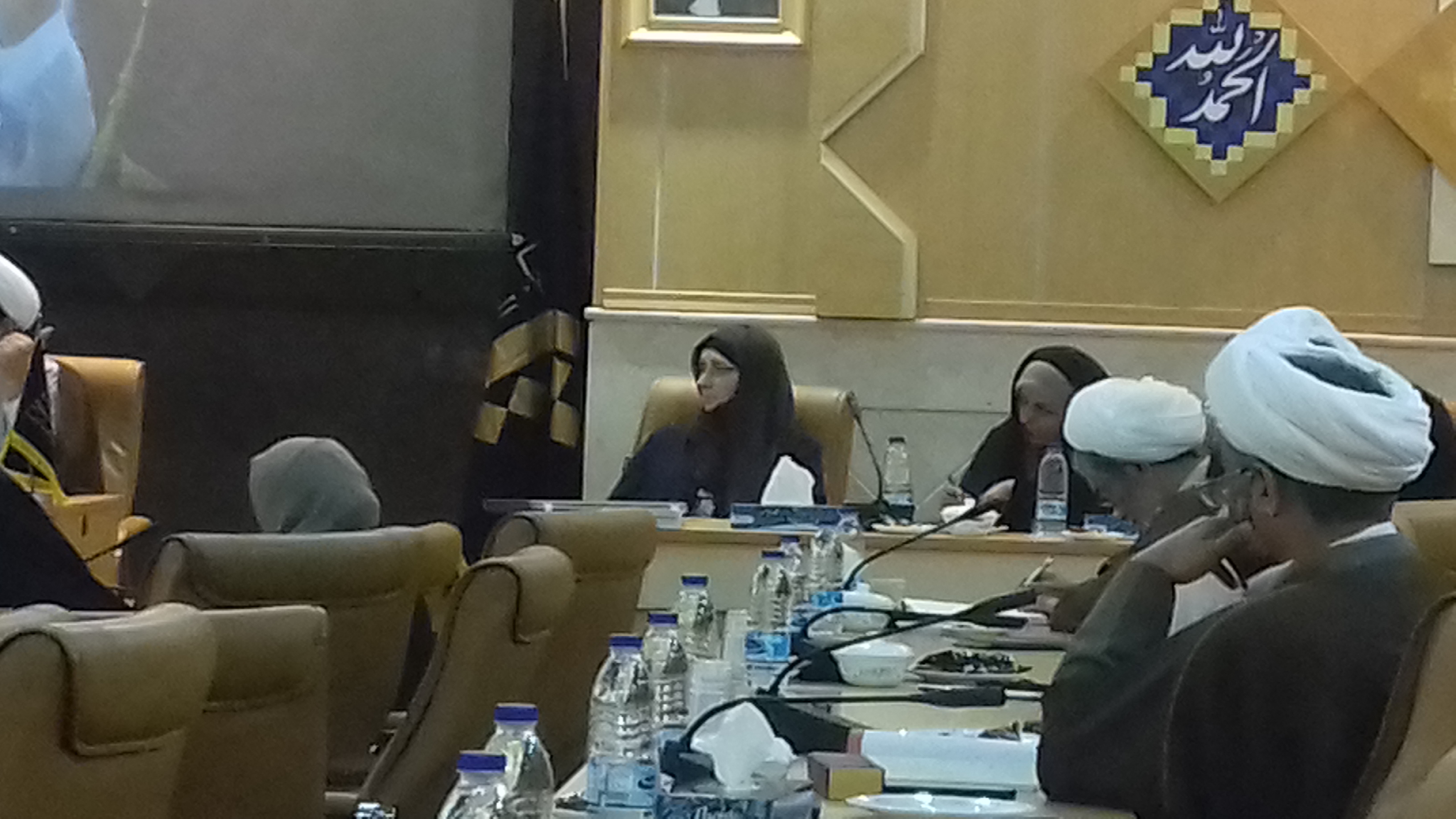 Practical Applications of Academic Abstract
Concepts in Character Education and
Practical Applications of Academic Abstract
Concepts in Character Education and
Comparative Analysis of the Worked Samples
Designed for a Whole Spectrum Curriculum to Cover Primary to Highs School Range
The models of Character Education that are
available to us provide clearly defined, coherent educational plans to
assist teachers concerned with the developments of ethics of their students.
Researchers in this field have studied whether and at what age is a child
cognitively mature to be able to grasp ethical concepts that are delivered
to them and have come up with an age specific tailored programme of delivery
which we hope to present in this paper.
That
character can be caught and taught is an important paradigm of
these models which is translated into practice through a specifically set
out operational objectives in the format of pedagogical plans and carefully
thought out lesson plans. As already mentioned briefly in the Talk 1 we
will in more detail evaluate the keystones of the models we researched in
most details namely The Jubilee Centre based at the university of
Birmingham, the University of Leeds Department
of Education and more commercialized programmes
of The Value Based Education and Human Values
Foundation.
The
stated goals of the Jubilee Centre are promoting, building and
strengthening character virtues in the contexts of the family, school,
community, university, professions, voluntary organizations and the wider
workplace. According to the Centre research the character is constituted
by the virtues, such as courage, justice, honesty, compassion, self-discipline,
gratitude, generosity and humility and these are critical to individual
excellence. They contribute to societal flourishing, can be exercised within
all human context and are educable. From theory this is put into practice
through a specifically designed primary and secondary study programmes, and we
will for the purpose of this paper assess them in more detail. This will
cover how different sets of the virtues are delivered throughout the
year and across different age ranges, what are the guided activities,
and who are the role models used to emulate the behaviour if
applicable. The paper will also assess the curriculum
enrichment initiatives across a selection of academic subjects as
well as supplementary and intervention programmes which
are delivered to further reaffirm and develop the understanding of
the character virtue ethics and to target young people that might have
missed out on the ethic education in the past.
This
paper will attempt to make a comparative analysis between the Knightly Virtues
literacy package developed by the Jubilee and another similar literacy
pilot project developed by Leeds University -Narnian Values. This
programme has been designed with Christian Cardinal Virtues as its backbone and
as such is more suited for the Faith Schools set
up. Finally, the paper will look at commercial packages of Value
based Education (VbE) and Human Foundation for Values (HVF) and the
teacher resource material associated with it.
The VbE
programme emphasises on the development of universal narrative
of ethics vocabulary. This is achieved through seven core components
which consist of modelling of positive values by adults,
the Inner Curriculum of thoughts, feelings and emotions,
reflective practices with links to interpersonal neurobiology, the
creation of a VbE atmosphere, both physical and emotional, the
development of a VbE curriculum and its links to the wider curriculum, the
development of quality leadership and the comprehensive development
of an ethical vocabulary.
Finally, we
will evaluate teaching resources of HVF which is another non-denominational
supplier of transformational values-themed education developed for the
purpose of encouraging, promoting and developing human values in young
people. The HVF have developed their SPIES program to help students enrich
and nurture their life essential skills
through Spiritual, Physical, Intellectual, Emotional
and Social components.
The emphasis throughout the paper will be made on several
key aspects:
1.
How is the programme translated from theory to practice?
2.
What are the specific pedagogical tools that are available for each
of the programmes?
3.
Is there evidence that they work or that schools find them useful?
4.
What are the similarities in the design of the
programme specific tools
What
are the differences between the tools and do they add to the strength or the
weakness of the programme (based of course on our limited knowledge and
experience of these models)













